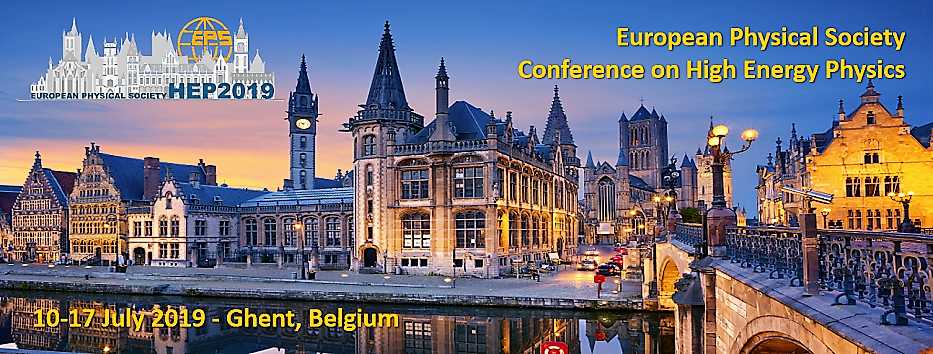Speaker
Description
In ultrarelativistic heavy-ion collisions at RHIC energies, the charm quarks are predominantly produced in initial hard partonic scatterings. Therefore, they experience the entire evolution of the hot and dense medium produced in these collisions, known as the Quark-Gluon Plasma (QGP), and make a very valuable probe. The STAR experiment is capable of studying the production of charm quarks and their interactions with the QGP through the reconstruction of the hadronic decays of D$^0$, D$^\pm$, D$_\textrm{s}$ and $\Lambda^\pm_\textrm{c}$ hadrons. These measurements were enabled thanks to the excellent pointing resolution of the Heavy Flavor Tracker (HFT). In this talk, we will present recent results of open-charmed hadron measurements in Au+Au collisions at $\sqrt{s_\textrm{NN}}=200$ GeV with the STAR experiment. In particular, we will discuss the nuclear modification factors of D$^\pm$ and D$^0$ mesons, which imply significant energy loss of charm quarks in the QGP, and D$^0$ elliptic and triangular flow coefficients which probe the charm quark transport in the QGP. We will also present the D$_\textrm{s}$/D$^0$ and $\Lambda^\pm_\textrm{c}$/D$^0$ yield ratios as functions of transverse momentum and collision centrality which help us better understand the charm quark hadronization process in heavy-ion collisions. Finally, we will show the rapidity-odd directed flow of D$^0$ mesons, which is sensitive to the initial tilt of the QGP bulk and can also probe the effects of the initial magnetic field in heavy-ion collisions.
